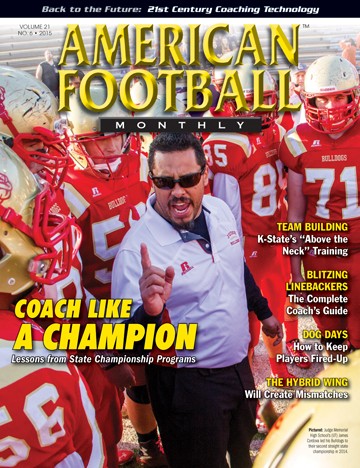Article CategoriesAFM Magazine
|
Your Take: Long Hours, Hard Work – Do You Spend Your Time Doing What Matters Most?by: David BuchananHead Coach at Mason County H.S., Maysville, KY © More from this issue If you are a head football coach, chances are that you are also a husband, father and classroom teacher. Usually guys that are wired to be a head football coach are wired to give their best in everything they do. How in the world do you balance all of the demands that go with those roles? Are you active in your church? I have spent 23 years as a head football coach. The last 19 years were at Mason County High School (KY). I underestimated how much work I would have to do when I became the new head football coach at Mercer County High School. This experience has forced me to prioritize what I do so that I maximize my time and spend it in a way that it will have the biggest, most positive impact on our program. Over 20 years ago at a clinic, Sam Harp, former Danville High School (KY) coach with seven state titles, shared a mast....The full article can only be seen by subscribers.
|
|
|||||||
| HOME |
MAGAZINE |
SUBSCRIBE | ONLINE COLUMNISTS | COACHING VIDEOS |
Copyright 2025, AmericanFootballMonthly.com
All Rights Reserved





